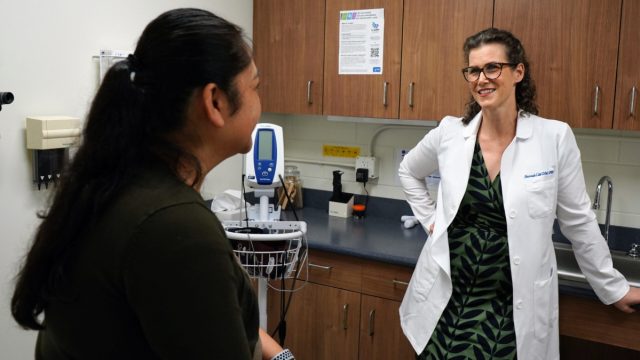Healing Maui: Campus Health Center Rises from Wildfire Ashes to Expand Critical Care

Maui's Healthcare Crisis: Wildfires Expose Critical Provider Shortage
Long before the devastating 2023 wildfires swept through Maui, the island was already grappling with a significant shortage of women's healthcare providers. Now, in the aftermath of the catastrophic blazes, this healthcare crisis has reached a critical breaking point.
The wildfires, which claimed numerous lives and destroyed entire communities, have further exacerbated the existing challenges in women's healthcare access. With medical infrastructure damaged and healthcare professionals displaced, the already fragile healthcare system has been pushed to its limits.
Local healthcare leaders are now urgently working to address the compounded challenges, seeking innovative solutions to ensure that women on the island can continue to receive essential medical care during this challenging time.
The situation underscores the critical importance of robust and resilient healthcare infrastructure, especially in vulnerable communities facing unexpected disasters.
